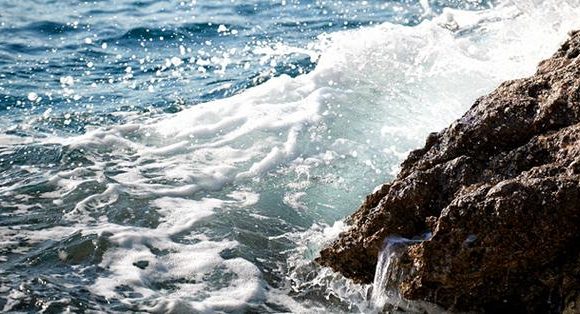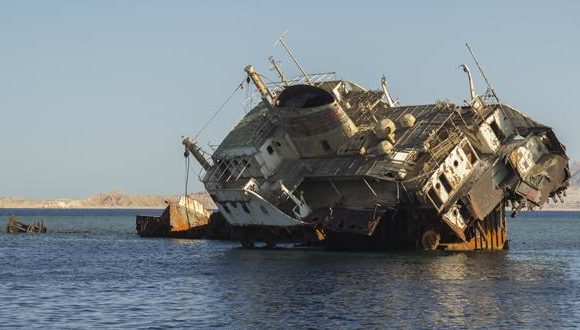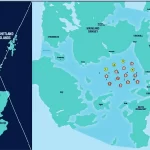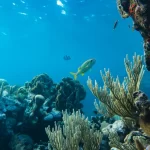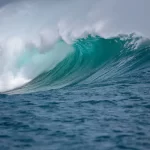Marine Life: The Invisible Pollution
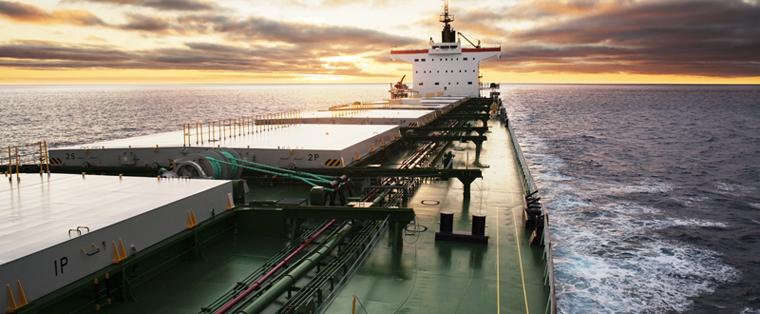
The oceans are being flooded with a myriad of man-made noises. The collective impact is producing harmful, and in some cases, even deadly effects on marine life. There is growing international recognition that ocean noise pollution poses a serious threat and must be addressed.
At 200 metres deep, the underwater world is void of light and guided by sound. Travelling five times faster and much further in the water than on land, sound is king in the ocean depths.
In this dark, underwater world, marine mammals rely almost completely on sound to perform many important biological functions. Sound is used to navigate and detect predators and prey. It is essential for all forms of communication: to attract mates, announce location, establish dominance and maintain group cohesion. In essence, the sounds marine mammals make and use are vital to their survival.
Ocean noise pollution has begun to interfere with and even drown out these crucial sound-based systems. It has been linked with behavioural changes, including the abandonment of breeding and feeding grounds, and alterations in surfacing and diving patterns. Some marine mammals are known to have changed their calls as they struggle to make themselves heard. Ocean noise may also be causing fatalities: high intensity military sonar is implicated in the deaths of beaked whales and mass stranding around the world.
Commercial shipping, airguns used in seismic surveys, sonar and other sources of man-made noise are all contributing to the proliferation of ocean noise pollution.
Ships are the main source of low-frequency ocean noise. One study indicates that ship noise pollution in the Pacific has doubled every decade for the past 40 years. This trend is likely to continue its upward rise as the fleet is forecast to at least double again by 2025. As low-frequency sounds can travel great distances in water, a perpetual ‘fog’ of ambient noise is produced, which can mask sounds that are vital to marine mammals. Indeed, the US Marine Mammal Commission Report to Congress (2007) stated that “Pervasive shipping noise is of particular concern as it occurs in the frequency band used by baleen whales for communication”.
Although some noise is attributable to engine function, the primary source of noise from ships is ‘propeller cavitation’. This occurs when the low pressure generated by the propeller causes thousands of tiny bubbles to form in the water. The sound these bubbles make when they burst is the main source of noise from boats under power. As this noise is just a by-product and represents wasted energy, quieter ships may use less fuel, thereby becoming more effective and less costly to run.
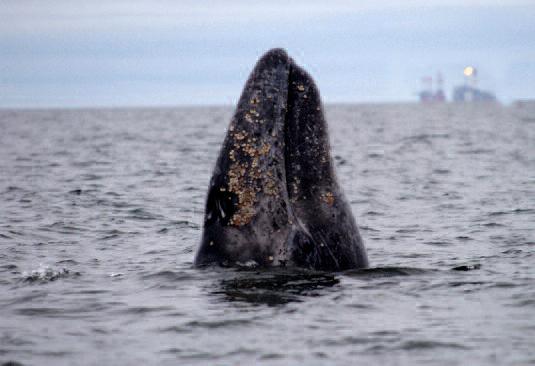 Noise from oil and gas exploration off sakhalin Island in Russia’s Far East is posing a major threat to the critically endangered Western pacific Gray whale : Copyright IFAW
Noise from oil and gas exploration off sakhalin Island in Russia’s Far East is posing a major threat to the critically endangered Western pacific Gray whale : Copyright IFAW
Seismic surveys are another major source of ocean noise pollution. The sounds generated by these surveys are colossal, and are repeated approximately every 10 seconds for weeks or months at a time. Not surprisingly, marine mammals have been seen fleeing from seismic survey sites. One study showed that airgun activity contributes significantly to ocean noise levels: seismic sounds propagated deep into the Atlantic were detected more than 3,000 km from their sources.
At mid and high frequencies, the main source of ocean noise pollution is sonar. Navies use low-frequency active (LFA) sonar and mid-frequency active (MFA) sonar to detect and track submarines. Cases of fatal mass strandings following the use of military sonar are well-documented in Greece, Madeira, Hawaii and coastal USA, the Virgin Islands, Spain, the Canary Islands and the Bahamas. Sonar used by fishery and recreational vessels also gives rise for concern.
Other sources of ocean noise pollution include drilling, construction, off-shore oil and gas production, underwater explosions and acoustic devices.
Ocean noise pollution is a truly trans-boundary issue. It can propagate across vast stretches of the ocean, affecting waters outside national control. Most of the activities that generate noise also cross boundaries and many of the species that it affects are migratory. It is therefore an issue necessitating international, as well as national regulation.
International bodies are increasingly recognising that ocean noise pollution poses a threat to marine life and many have called for greater monitoring, research and multilateral action.
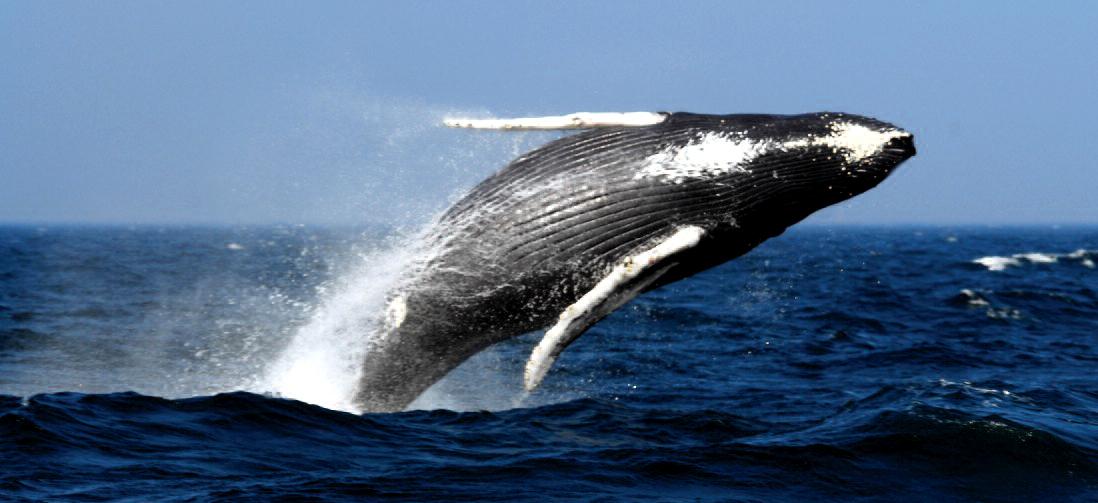 Humpback whale breaching: Copyright IFAW I J. Levenson
Humpback whale breaching: Copyright IFAW I J. Levenson
In May 2008, the European Union (EU) adopted the Marine Strategy Directive that explicitly recognises underwater noise as a form of pollution and requires EU member states to control its adverse effects. The Directive provides the first legal framework for the regulation of ocean noise. Furthermore, in 2004 the European Parliament adopted a resolution calling on EU member states to impose a moratorium on the use of high intensity sonar in naval operations.
The International Maritime Organization (IMO) has recognised that ocean noise from ships may adversely affect the marine environment since 1991. In April 2008, the Marine Environment Protection Committee (MEPC) invited governments to inform and invite all interested national entities to participate in the ongoing dialogue on potential adverse impacts associated with vessel noise and their mitigation.
In 2005, the Secretary-General of the United Nations (UN) described man-made underwater noise as one of five “current major threats to some populations of whales and other cetaceans” and as one of 10 “main current and foreseeable impacts on marine biodiversity.” The UN General Assembly has encouraged further studies and consideration of impacts of ocean noise on marine living resources in its 2006 and 2007 omnibus resolutions on oceans. Man-made noise has also been on the agenda of the International Whaling Commission (IWC) since 1998 when it was identified as a priority for investigation by the IWC Scientific Committee.
The next steps are to translate recognition of the problem into effective solutions. The International Fund for Animal Welfare (IFAW) is working with like-minded organisations to raise awareness of ocean noise pollution as a growing problem and to encourage the international community to find solutions. IFAW considers that the two key objectives are to reduce the levels of background noise from man-made sources throughout the world’s oceans, and to prevent the exposure of marine life to harmful high-intensity sound.
IFAW urges international bodies, governments, industry and NGOs to work together to combat the rising threat posed by ocean noise pollution. Only by taking precautionary action now, can we stop the proliferation of this invisible pollution.
This article has been adapted from IFAW’s newly released report ‘Ocean Noise: Turn it down’. For further information, or to request a copy of the report, please visit www.ifaw.org.

